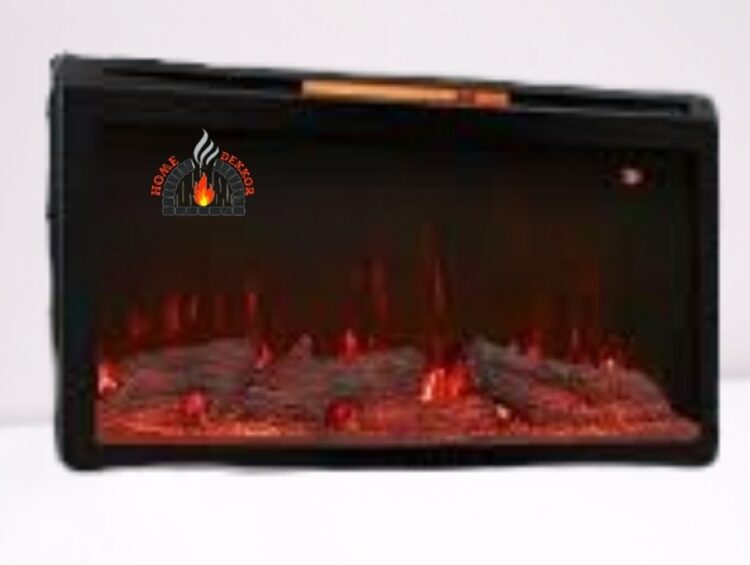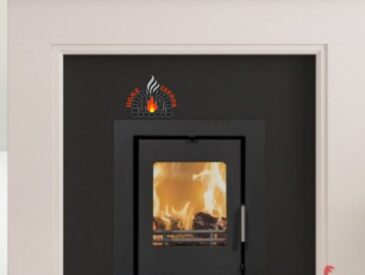Fireplace inserts offer a hassle-free and popular solution for replacing inefficient furnaces. With a wide array of options available, it can be daunting to figure out the necessary components for a seamless installation.
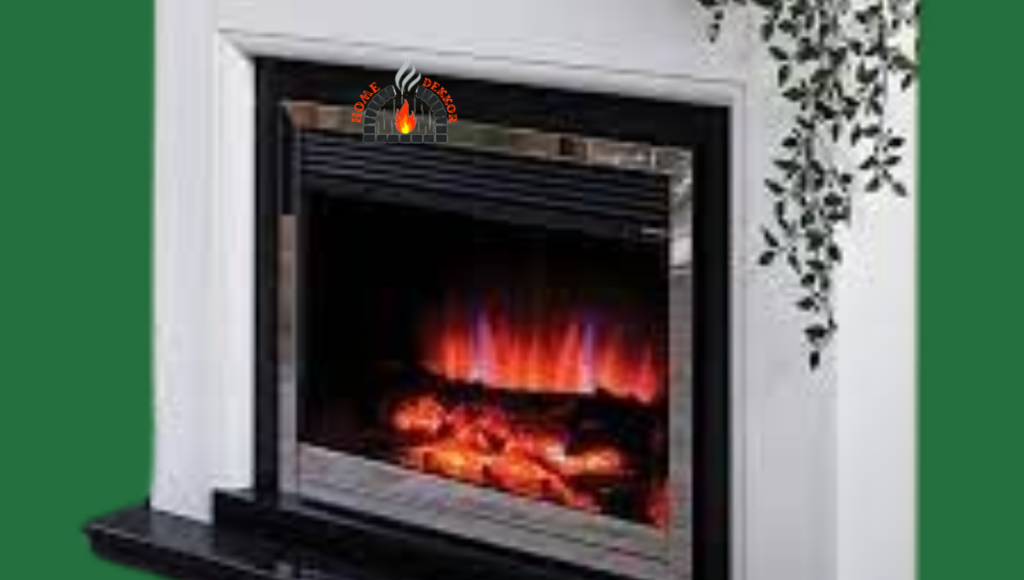
A recurring query revolves around whether fireplace inserts necessitate electricity. While electric fireplace inserts are explicitly reliant on electrical power,
it’s worth noting that both wood and gas variants may also require an electrical connection. This is especially pertinent when employing a blower fan to distribute warmth or incorporating an auxiliary outlet.
Accurate installation of your fireplace and insert is paramount, prompting us to compile this guide. Here, we’ll outline which types of fireplace inserts may call for electricity, shedding light on the diverse range available.
Additionally, we’ll demystify the distinction between a fireplace insert and a traditional fireplace – a common point of confusion in the world of fireplaces.
Understanding the Electrical Requirements of Fireplace Inserts

At Homedekkor, we delve into the essential question: Do Fireplace Inserts Require Electricity?
As the name implies, all electrical fireplace inserts rely on electricity. However, it’s worth noting that certain wood-burning and gas fireplace inserts may also have electrical needs. This necessity arises in various scenarios,
such as when a heat-resistant cord is required to connect the insert to a nearby outlet for powering the electric blower, or when local regulations and manufacturer guidelines permit the installation of an auxiliary outlet within the firebox.
For instance, gas fireplace inserts often come equipped with electric blowers that efficiently disperse warmth into the room.
They may also feature accent lighting to create a cozy ambiance and convenient remote control capabilities. These functionalities, contingent on the specific make and model chosen, all require a power source.
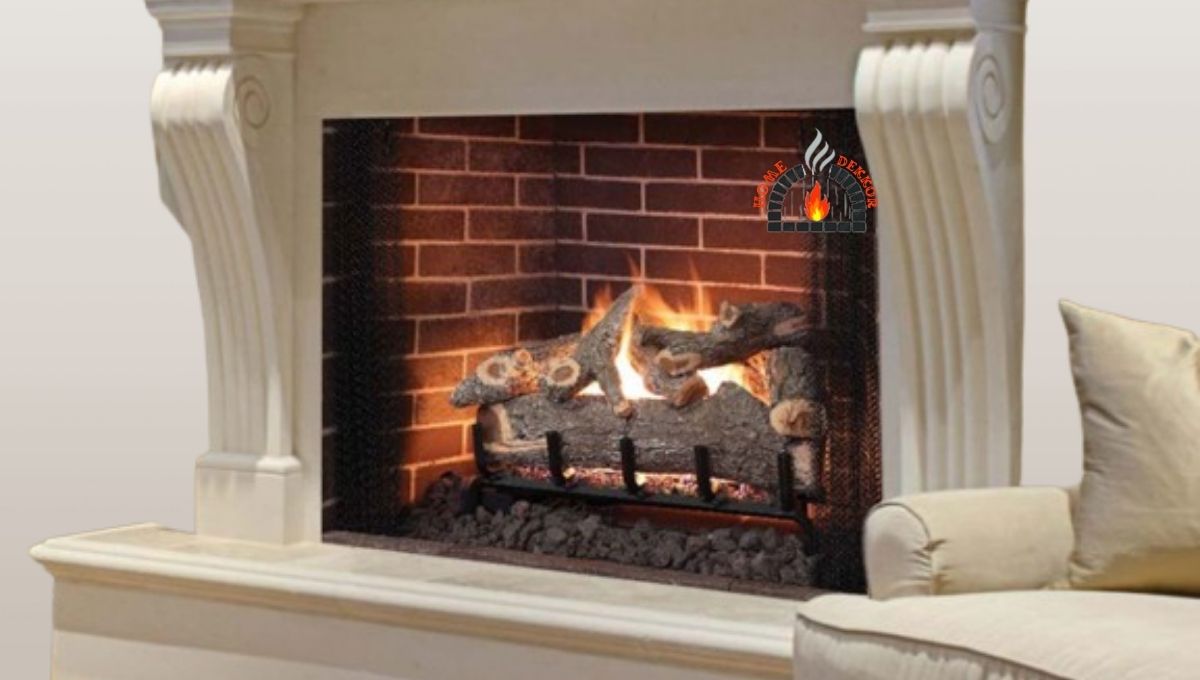
Likewise, certain wood fireplace inserts and stoves incorporate electrical blowers to facilitate the even distribution of heat throughout the home. These units typically necessitate an electrical connection to power the fans. Additionally, some inserts require an outlet for plugging in and functioning, making electricity a crucial component.
Another scenario where electricity is imperative is in the case of pellet stoves. These stoves utilize pellets as a fuel source, offering a controlled and efficient burn. While not all pellet stoves mandate electrical input, some do, especially those designed for optimal performance and convenience.
Stay tuned for more insightful posts on fireplace inserts, and the nuanced considerations that come with them!
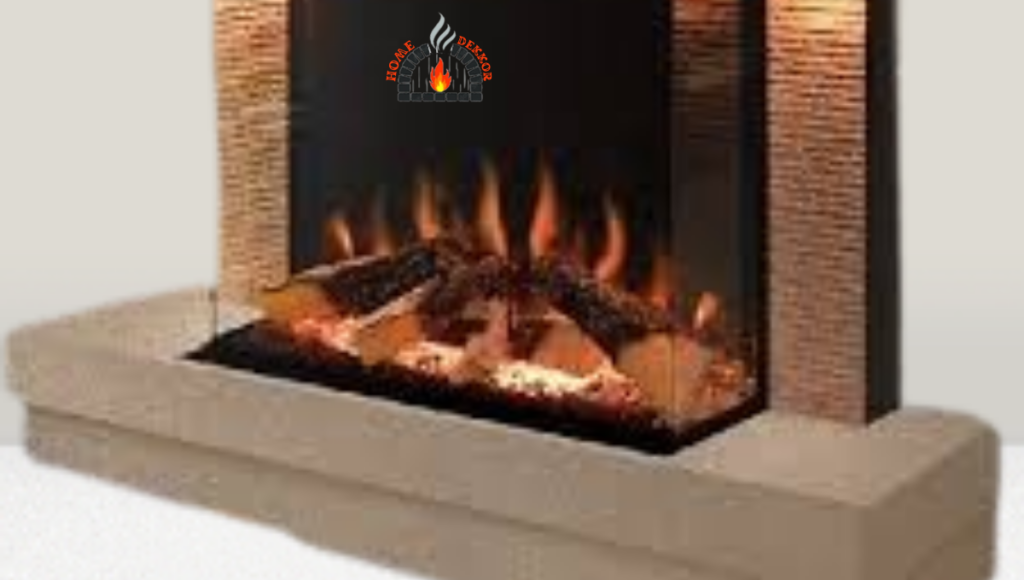
Deciphering Electrical Needs for Fireplace Inserts
Welcome to Homedekkor, where we unravel the intricacies of electrical requirements for fireplace inserts. Understanding these essentials is crucial for safe and efficient operation.
Electrical Requirements for Electric Inserts: Electric fireplace inserts are straightforward in their needs. They require a standard 120-volt outlet, which is prevalent across North America.
Always ensure that the insert has its dedicated line, and never resort to using power strips or extension cords. These alternatives can pose fire hazards and risk overheating. Electric inserts utilize rotating mirrors and lights to mimic the appearance of authentic flames.
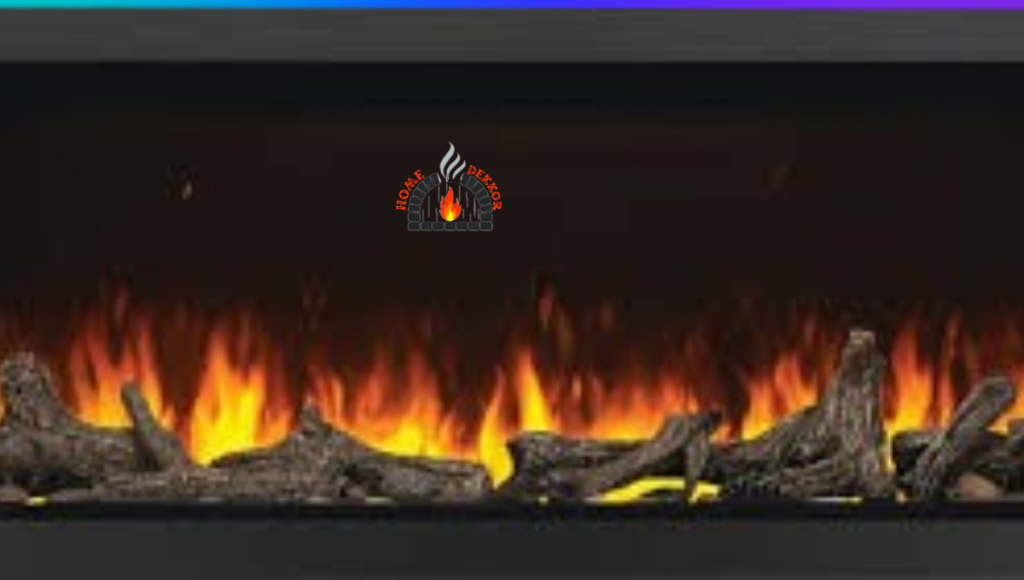
They also often feature an infrared or fan-forced heater, akin to a space heater, which should always be plugged directly into an outlet.
Electrical Needs for Gas Inserts: While most gas inserts do not demand electricity, some may rely on it for enhanced features like a blower fan or customizable settings. In such cases, ensure the gas insert is connected to an available circuit via a standard 120-volt outlet.
Electrical Requirements for Wood Inserts: Wood inserts that incorporate blowers will typically require a standard 110-volt electrical outlet. This power source is essential for effectively distributing warmth throughout your space. Remember, safety is paramount.
Always connect your fireplace insert directly to a compatible outlet, and refrain from using power strips or extension cords. Stay tuned for more insightful tips and guidance on enhancing your home’s ambiance with our range of quality fireplace inserts.
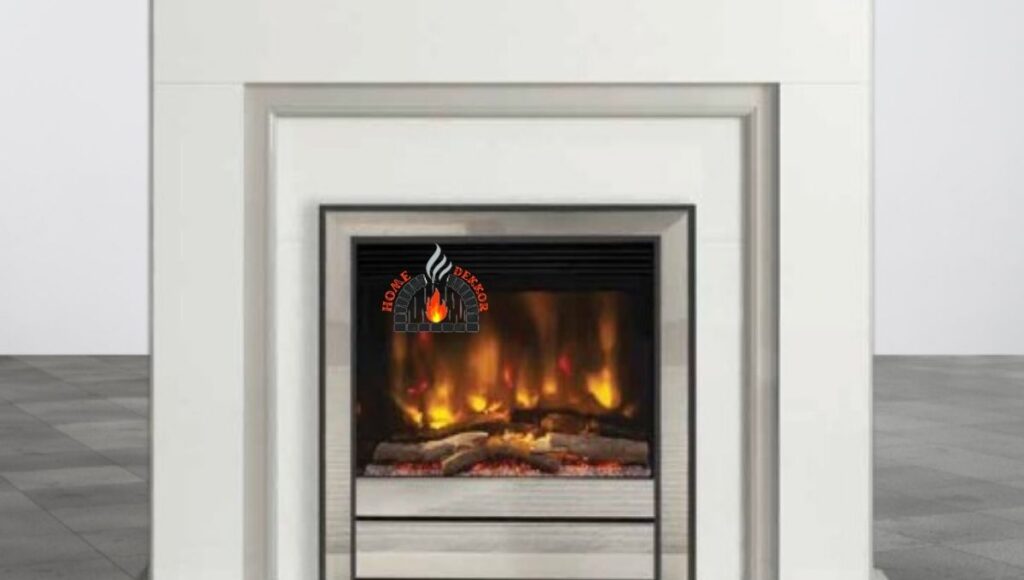
Understanding the Electrical Consumption of Fireplace Inserts: At Homedekkor, we delve into the intricacies of how much electricity a fireplace insert consumes. This knowledge is essential for optimizing both comfort and efficiency in your living space.
Electric Fireplace Insert Consumption: Typically, electric fireplace inserts draw 120 volts from a standard power outlet to the heater. This translates to an energy output ranging between 750 to 1,500 watts, contingent on the dimensions of the room.
For heating smaller spaces, an average of 750 watts suffices.
To effectively warm larger areas, around 1,500 watts is typically recommended.
By comprehending these electrical demands, you can make informed decisions about your fireplace insert usage, ensuring your home remains cozy and inviting. Stay tuned for more insightful tips and guidance on enhancing your living spaces with our range of quality products.

Unraveling the Mechanics of Fireplace Inserts: Welcome to Homedekkor, where we demystify the inner workings of fireplace inserts. Understanding their functionality is key to making an informed choice for your living space.
The Anatomy of a Fireplace Insert: A fireplace insert operates as a self-contained combustion chamber. Encased in fireproof materials like cast iron or steel,
it features insulated glass panels that effectively trap and radiate heat. In some models, a blower fan facilitates the distribution of warm air through front vents, ensuring even heating throughout the room.
Power Sources for Fireplace Inserts: Fireplace inserts are versatile, running on various energy sources including gas, propane, electricity, pellets, wood, or coal. This diversity allows you to select an insert that aligns with your preferences and needs.
Stay tuned for more valuable insights on optimizing your home’s comfort and ambiance with our range of quality fireplace inserts.
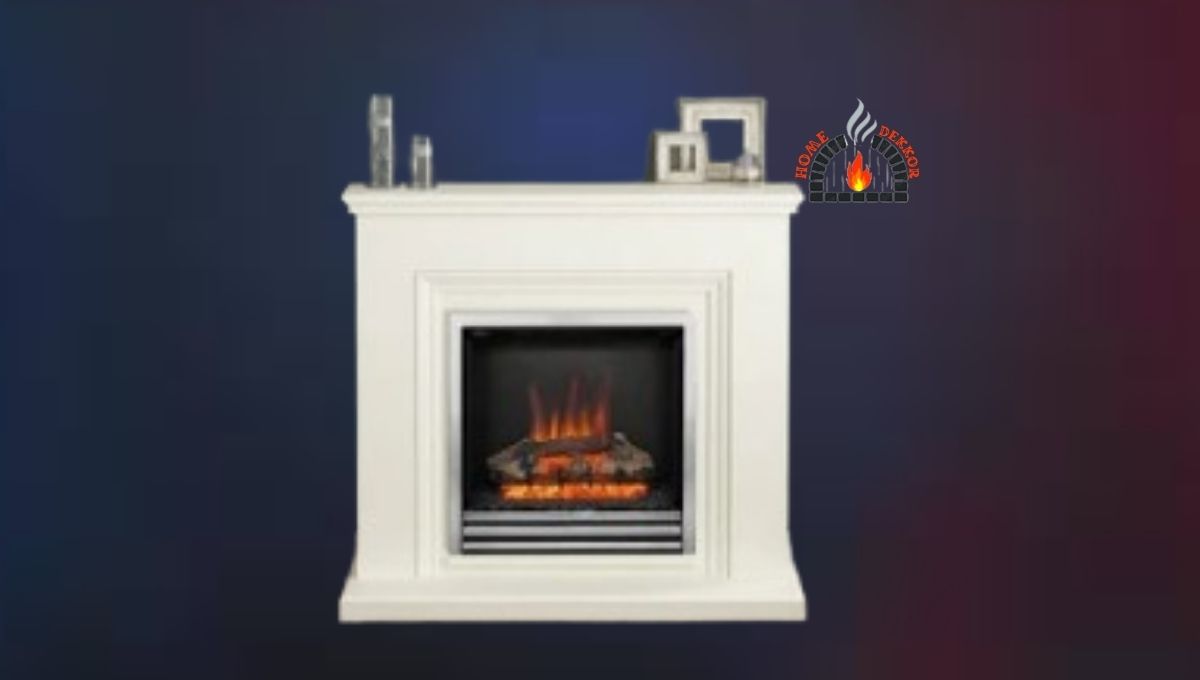
Fireplace Insert vs. Fireplace: Understanding the Difference: At Homedekkor, we aim to clarify the distinction between a fireplace insert and a traditional fireplace, providing you with valuable insights to enhance your home’s heating solutions.
Fireplace Inserts vs. Fireplaces: An Overview: A fireplace insert is ingeniously designed to fit snugly into an existing fireplace, amplifying its efficiency and functionality. In contrast,
a fireplace is a standalone structure where the fire burns directly. It’s not uncommon to find fireplaces already equipped with inserts, especially in the case of wood-burning setups.
Sizing and Construction: Inserts are deliberately smaller than fireplaces, tailored to seamlessly occupy the open space within the fireplace. Thanks to their design, inserts typically necessitate minimal to no construction efforts, making them a convenient choice.
In contrast, a fireplace constitutes a comprehensive structure requiring thorough planning and construction. While some homes come with pre-installed fireplaces, many can benefit from the addition of an insert.
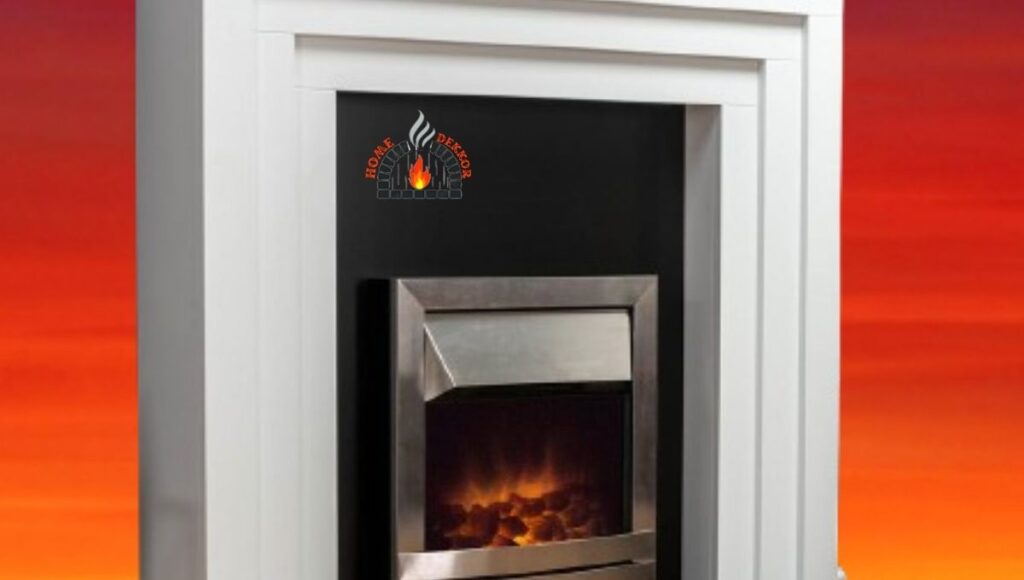
When to Opt for a Fireplace Insert: Choosing a fireplace insert is ideal when you have an existing fireplace and prefer to bypass extensive construction work. Many homeowners opt for inserts to enhance the efficiency of their fireplace while eschewing the need for a physical fireplace.
Types of Fireplace Inserts
There are three main types of fireplace inserts, each potentially requiring electricity:
Electric Inserts: These modern marvels are incredibly user-friendly, requiring no venting due to their clean combustion process. Powered by electricity, they simulate flames through LED lights, allowing for customization of flame size and heating settings.
Gas Inserts: Utilizing a dedicated gas supply line and an external exhaust vent, these inserts may feature blowers or fans for effective heat distribution. These blowers operate on electricity, enhancing their performance.
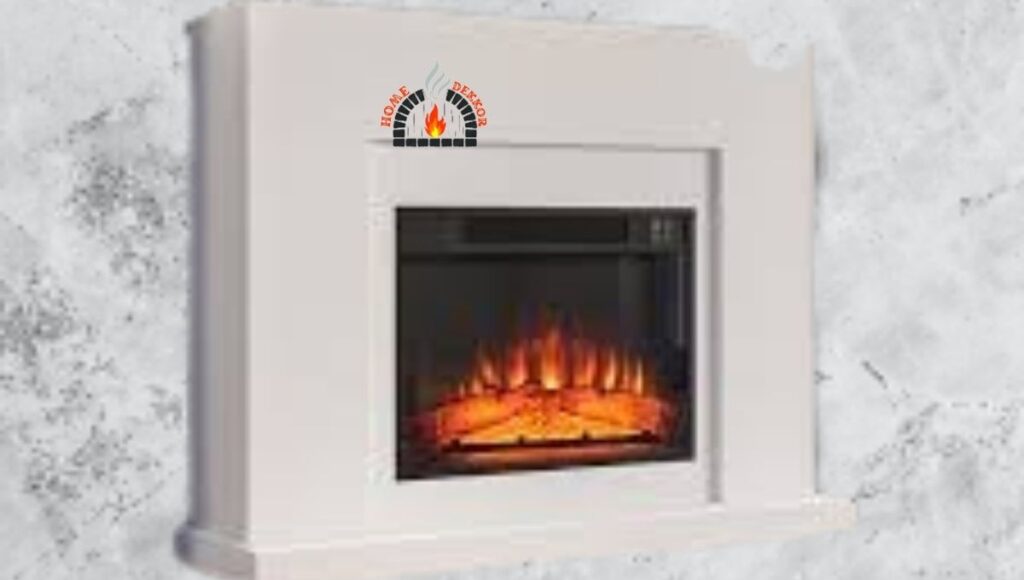
Wood Inserts: A time-tested choice, wood inserts offer robust heating capabilities and are favored by many for their efficiency in burning wood without the need for extensive furnace or chimney replacements.
At Homedekkor, we’re committed to providing you with the knowledge and options you need to make informed decisions about your home’s heating solutions. Stay tuned for more insightful tips and guidance on optimizing your living space.

